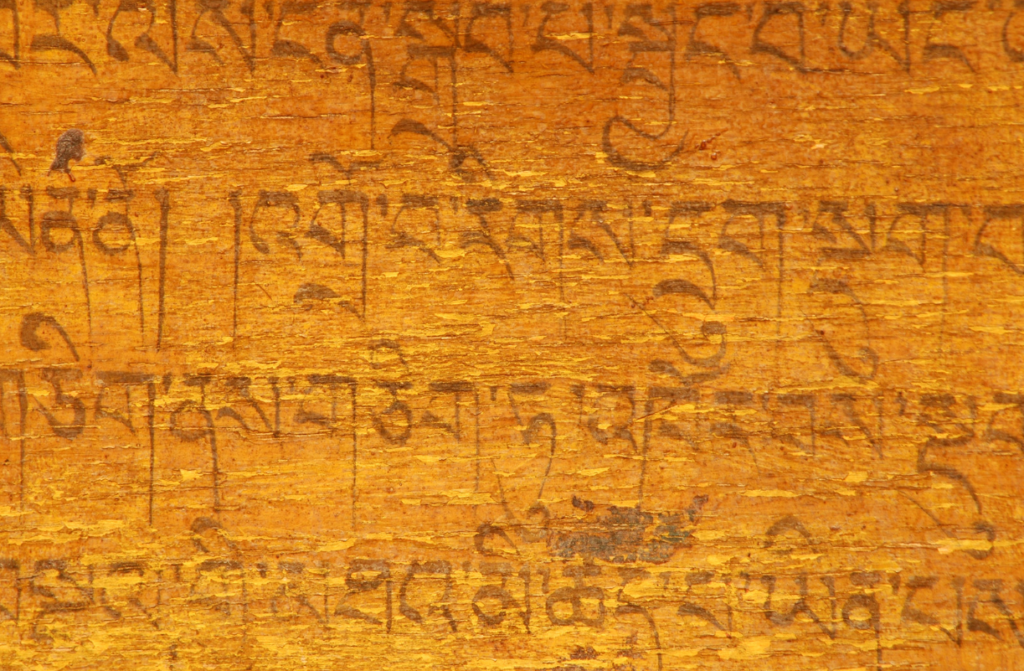
Tibetan, a language as old and profound as the Himalayas themselves, is the heartbeat of Tibet’s cultural and spiritual heritage. Emerging from Old Tibetan, it has evolved over centuries, safeguarding the wisdom of Tibetan Buddhism and the teachings of the Dalai Lama. Imagine ancient monks meticulously inscribing sacred texts in monasteries, their words forming a bridge between the past and present, preserving traditions through the ages.

Tibetan’s linguistic characteristics is woven with threads from Sanskrit, Chinese, and Mongolian. Picture the Silk Road bustling with traders, scholars, and monks exchanging not just goods but ideas and words. From Sanskrit came the profound spiritual vocabulary, while Chinese and Mongolian influences added layers of complexity and richness, making Tibetan a linguistic mosaic of history and culture.

One of the most fascinating aspects of Tibetan is its use of honorifics. In Tibetan, how you address someone reveals much about their social standing and your relationship with them. The script, derived from the ancient Indian Brahmi script, is an art form in itself with 30 consonants and 4 vowels. The tonal variations add a melodic quality to the language, where even the slightest change in pitch can alter a word’s meaning entirely. Imagine the careful nuance required to navigate daily conversations, each word chosen with precision and respect.
Tibetan art and music are a vivid reflection of its language. Envision traditional songs and chants, rich with history, echoing through the mountains during religious ceremonies. Thangka paintings, with their intricate depictions of Buddhist deities, often include Tibetan script, serving both as art and scripture. Sand mandalas, meticulously crafted and then dismantled, symbolize the impermanence of life, with Tibetan words woven into their designs. Literature, from epic poems like the “Epic of King Gesar” to religious texts, captures the spirit and philosophy of Tibetan culture.

Going on the journey to learn Tibetan is not without its challenges. The script, a beautiful yet complex system of characters, demands dedication. Mastering the tonal nature of the language requires a keen ear and patient practice. The honorifics, reflecting intricate social hierarchies, add another layer of depth. Yet, each challenge is a step deeper into the rich culture of Tibet, a way to truly understand the soul of its people.
